Using Google AdSense to monetize your website or app traffic with display ads is one of the simplest & most effective monetization methods. However, although it’s a relatively simple concept, you need to understand some specifics for success.
In this article, we’d like to show you how to start making money with Google AdSense. Keep in mind that we’ll only be focusing on AdSense and optimizing your ads. We’re not going to discuss creating a website that generates traffic.
To effectively use this guide, you’ll already need a website that’s generating traffic, or you should be busy building one.
What is Google AdSense and how does it work?
AdSense is an ad network that connects publishers and advertisers. Publishers connect their websites to the ad network, thereby allowing advertisers to bid for displaying their ads on those websites. If a website visitor clicks or views an ad, the publisher gets paid a specific portion of the advertiser’s bid for the ad. Google takes the difference as the fee.
This video from Google AdSense will provide more information:
How to apply for an AdSense account, what do you need?
Google is very particular about who they allow into their ad network. They want to keep the quality of websites high and maintain the integrity of their ad network.
There are some basic requirements every publisher needs to adhere to. You need to be:
-18 years old.
-Have an active Gmail account that’s not linked to an AdSense account.
-Have a website that meets all of Google’s terms of service.
You need to comply with the Google program policies, but we also recommend a few additional requirements to ensure you get accepted. This includes having a website with at least 30 pages of unique content, that’s three months old and generating some traffic. The more traffic your website generates, the better and the higher your earning potential.
We’re not going to go into too much detail about the process of getting an account as we’ve already written a complete guide about it here.
How long does it take to get approved?
Usually, publishers get accepted within 24-48 hours, but it can even take up to 1-2 weeks to get approved.
Different types of AdSense ads
Once you are approved, you’re ready to start running AdSense ads and generate ad revenue. Before you do that, it’s best to understand the different types of ad units. There are five different types of AdSense ad units. These include display, in-feed, in-article, matched content, and link ads.
Display ads: Typical display ad units that are responsive and fit in most screen sizes. These ads work well almost anywhere. This type of ad can be responsive and automatically adapt to the screen size of the device where it’s being served. It can also be configured to have fixed sizes and is compatible with AMP (Accelerated Mobile Pages).
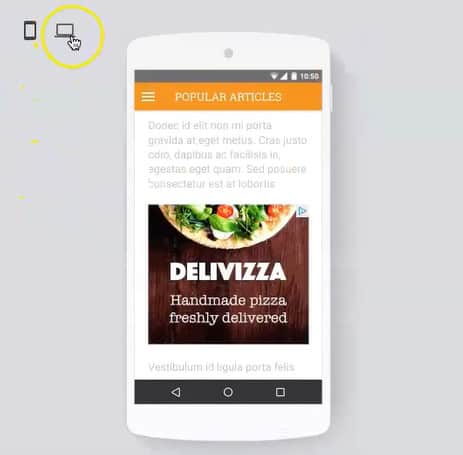
In-feed ads: Native ads that fit in a feed, sidebar, or list. They flow naturally and provides a better user experience.
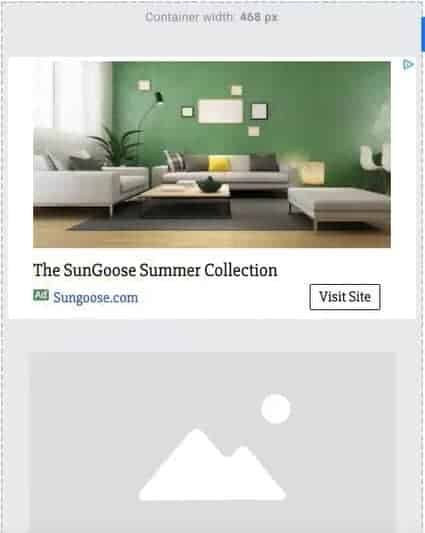
In-article ads: Native ads that fit within the content of an article without disrupting the reading experience.
Matched content ads: Ads that recommend your website content to users, which help increase pageviews, user time on page, and their potential to click on your ads.

Link ads: Ads in a text link format that can be responsive or with a fixed size. It displays topics relevant to your page content.
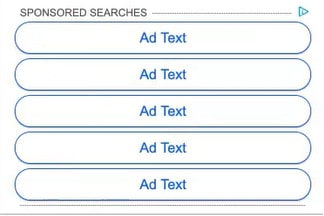
Creating your first ad unit
Ad units refer to the advertisement space within a specific web page or mobile app where you display your ads. To do so, you first need to create an ad unit and then add the code wherever you want that ad displayed within your website.
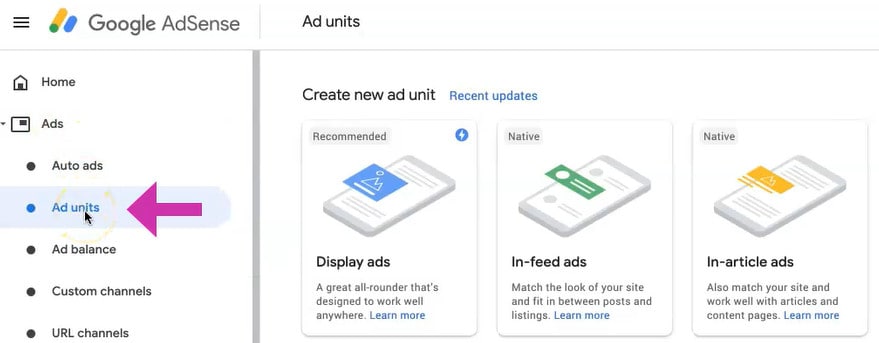
Creating your first ad unit is relatively easy, and we recommend that you start with display ads.
There are many ways of adding ad units to your website. Depending on the website platform you use, you might need to edit the website code to add your ad units. Some platforms have built-in functionality that supports ads and make it a lot easier to add your ad unit code.
With platforms like WordPress, you can make use of various plugins, website widgets, and sitewide settings through themes to display your ads. You can find out about the multiple ways of implementing ad code here.
Find out how to create an ad unit here.
The mindset you need to be successful
Success doesn’t happen overnight. Give the system time to adapt and show you its potential. It could take at least a couple weeks for the numbers to start climbing – if you are doing the right thing. “Doing the right thing” means:
- You comply with the policies
- Your ads are highly viewable (IAB recommends at least 70% viewability)
- You publish high quality and engaging content which results in longer session duration
- You don’t flood your site with too many ads
- You make changes one at a time and monitor the impact on performance
When deploying changes, your goal is to find out which of them has negative versus positive results. If you don’t have the discipline and you launch an army of changes at once, if something goes wrong, there’s no way you can pinpoint which one caused it.
During the initial launch, give it time – at least two weeks. Once the numbers are fully adjusted, go ahead, and experiment with your ad optimization strategies. A few things to consider optimizing or experimenting with:
- Ad placements. Check out our guide to ad placements here.
- Ad sizes
- Ad format or colors
- Number of ads per page
- Auto ads (on versus off)
- Running AdSense as backfill on Google Ad Manager to compete in real-time with other demand partners you have in your stack
- Running AdSense hardcoded (not using an ad server)
Again, experiment with one strategy at a time – give it a couple of weeks. Run your reports and focus on the most important key performance indicators: viewability % and CTR, plus the overall impact on revenue and CPMs.
Filter out bad strategies or those that are not working. Keep optimizing until you’re satisfied with the numbers. Take note of seasonality, having the first quarter of the year as the lowest in advertising, so you certainly cannot compare performance in March versus April. Just like the first month of each quarter, the first week of any month is usually not that great either as it’s when advertising budgets are still being adjusted.
The bottom line – have a plan, set a timeline, evaluate results.
Easy AdSense ad optimization techniques to test
Now that you’ve started to get the hang of Google AdSense and you’re generating some ad revenue, you can look into ad optimization techniques. Here are two very powerful techniques for you to consider:
Auto ads – AdSense auto ads are an easy way to optimize your ad revenue while allowing Google to do all the heavy lifting for you. With auto ads, Google uses machine learning to automatically inject ad units into your website and optimize them without overriding pre-existing ad units. You can also select which type of ad you want to use with auto ads. We’ve written a guide on how to implement them here.
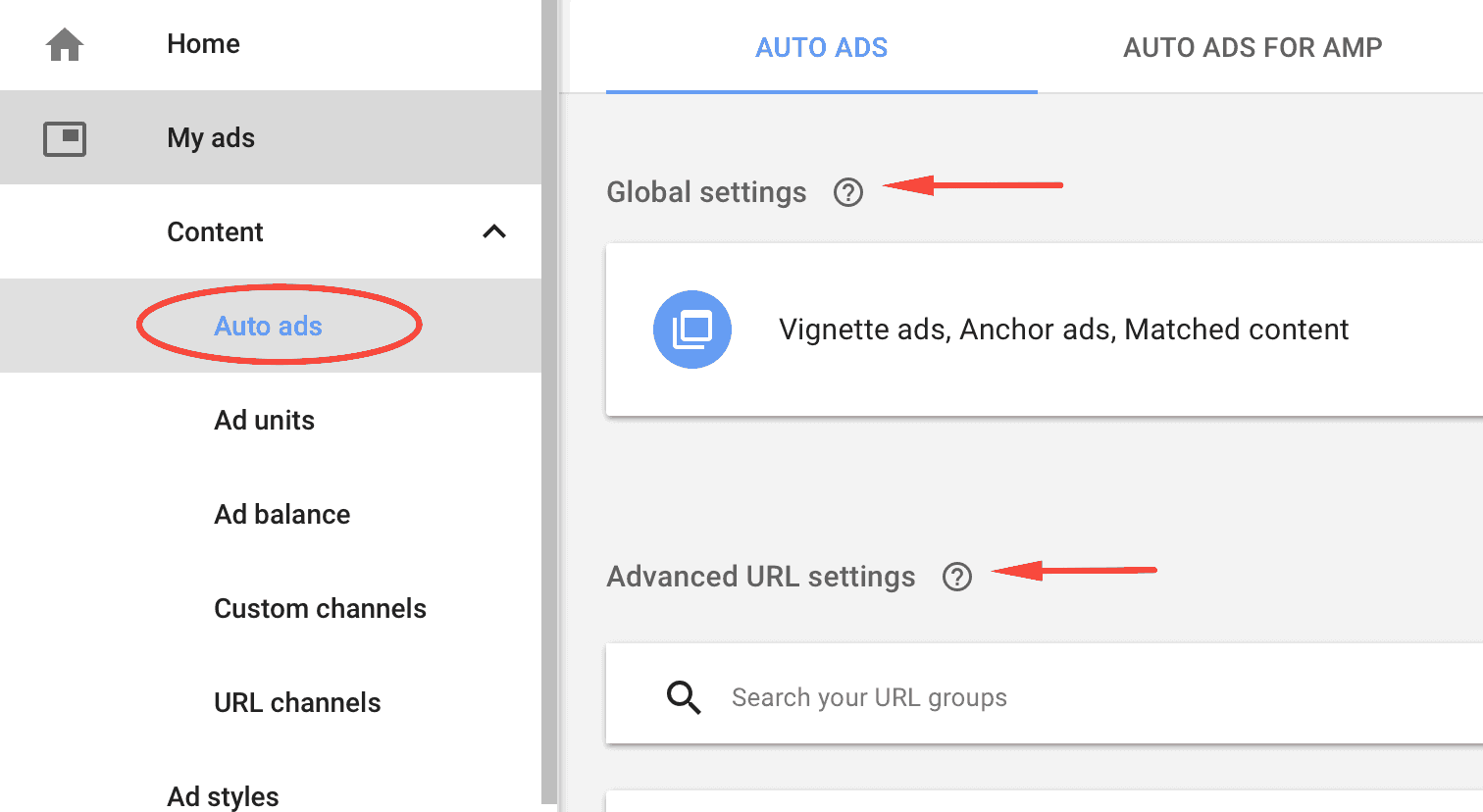
Sticky ad units – Sticky ads or anchor ads are designed to stay in a fixed position while the user scrolls down the page. When implementing ads this way, it results in a higher viewability and increased ad revenue for publishers. There are some restrictions when implementing them via Google AdSense. Find out how to implement sticky ads for AdSense here.
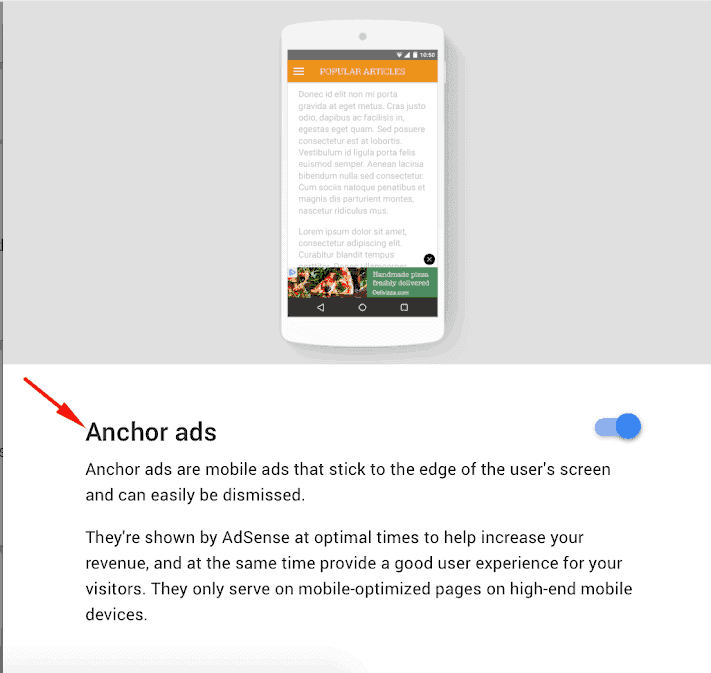
Protecting your account against IVT [Use this award-winning tool]
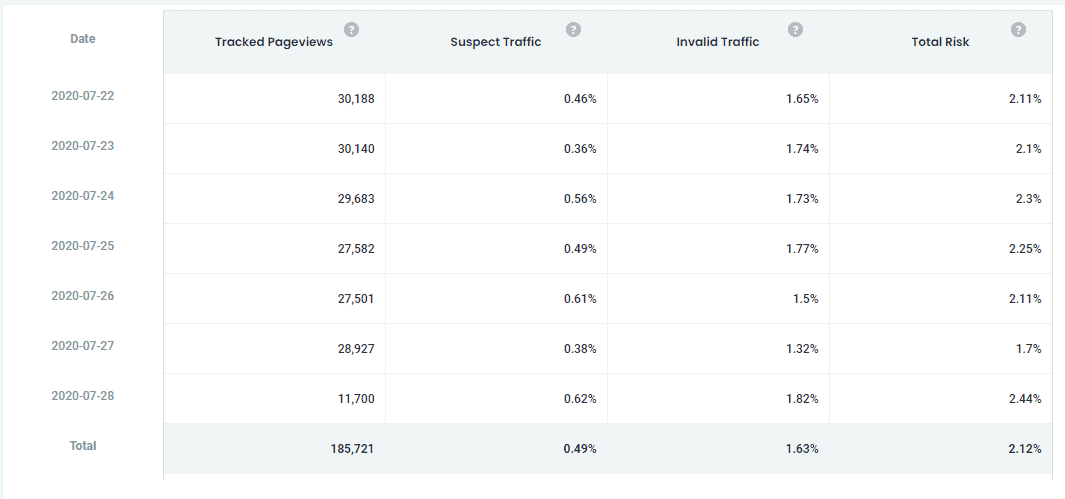
Invalid traffic can result in revenue clawbacks and publishers getting their banned from AdSense. With revenue clawbacks, AdSense withholds a part of the ad earnings due to invalid click activity, which means you don’t get paid for clicks on your ads.
If you thought getting a clawback was bad, an invalid traffic ban is even worse. If you get your account banned, it means that AdSense stops serving ads on your site. It’s also an uphill battle to get your account reinstated.
You can find out more about how Google defines invalid traffic over here. Invalid traffic includes publishers clicking on their ads (don’t ever do that), accidental clicks, click bots, and more.
You don’t want to mess around with invalid traffic since it can ruin your business. So many AdSense publishers are oblivious to it. That’s why MonetizeMore has developed a service called Traffic Cop! Traffic Cop protects publishers from the effects of invalid traffic, receiving revenue clawbacks, and getting their ad accounts banned.
Traffic Cop detects all forms of invalid traffic and, at the same time, prevents invalid traffic from seeing and clicking on your ads. We highly recommend that you use some measure to protect your business from invalid traffic, of which Traffic Cop is a highly effective and very affordable solution.
Find out more about Traffic Cop here.
How to ramp up your AdSense ad revenue?
In the ad optimization world, AdSense is seen as the beginner stage to earning ad revenue. Many publishers make great deals of money or full-time incomes with AdSense alone. However, often these publishers have a lot of traffic and/or very high-quality traffic but also use advanced ad optimization techniques and additional ad networks to take their ad revenue to the next level.
We’ve created an in-depth AdSense course called PubGuru University: School of AdSense. There we teach publishers how to master their ad inventory and maximize their ad revenue using a step-by-step over-the-shoulder video teaching approach. Students earn an AdSense Certification when they finish the course & pass the final exam!
|
Ready to master AdSense like the pros? Become an ad ops guru with PubGuru University! Get access to our School Of AdSense, Ad Exchange, and Google Ad Manager courses for only $199. Click Here To Enroll! |
What if you don’t get accepted into AdSense or want to test out different ad networks?
AdSense can be very strict, and sometimes publishers don’t get accepted into the ad network. It might seem like all is lost, but there are some alternatives available. AdSense remains one of the best ad networks out there, but we’ve identified some great AdSense alternatives to try out.
You need to have a testing mindset when it comes to monetizing your website with ads and ad optimization in general. Not all ad networks are equal. Some focus on specific niches or verticals, while others focus on traffic from specific geographical locations. It will be different for every publisher.
Our list of ad networks and AdSense alternatives will be the best place to start and figure which ad networks suit your specific needs the best.
Conclusion
Finally, now you’re ready to take on the world of AdSense and ad monetization! Do you need help optimizing your AdSense ads and maximizing ad revenue? Our ad optimization teams are standing by, ready to help take your business to the next level. Sign up for a Starter account at MonetizeMore today!
source https://www.monetizemore.com/blog/ultimate-guide-how-start-making-money-online-google-adsense/

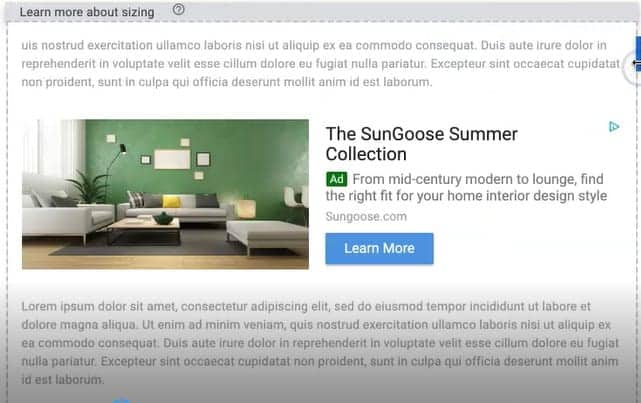
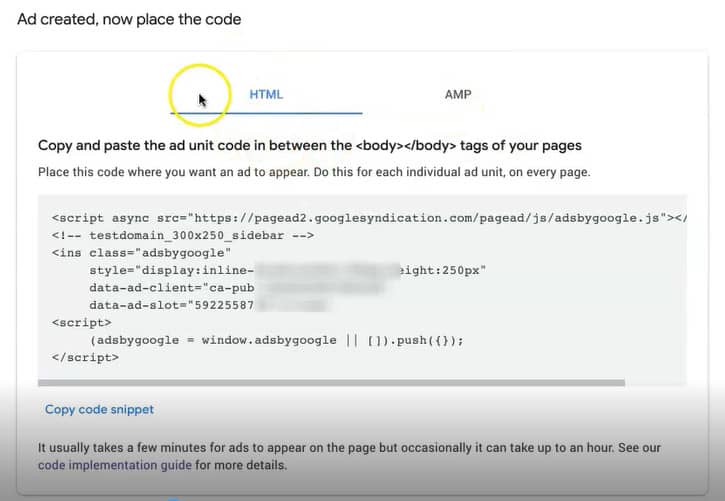
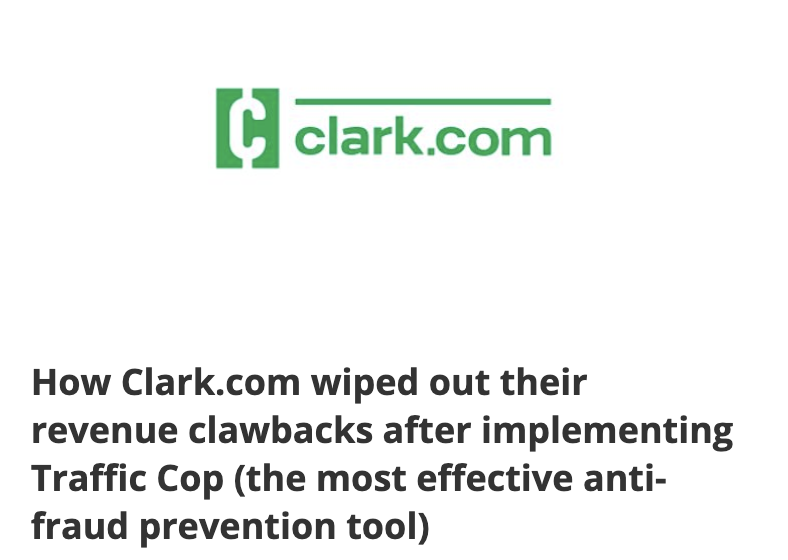
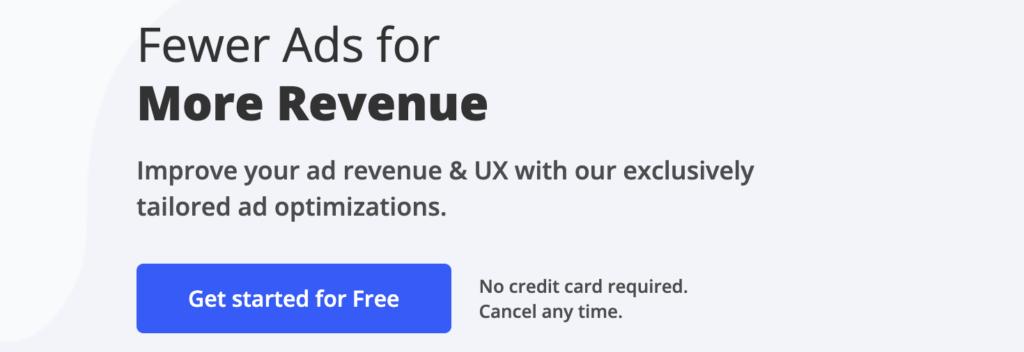


0 Comments